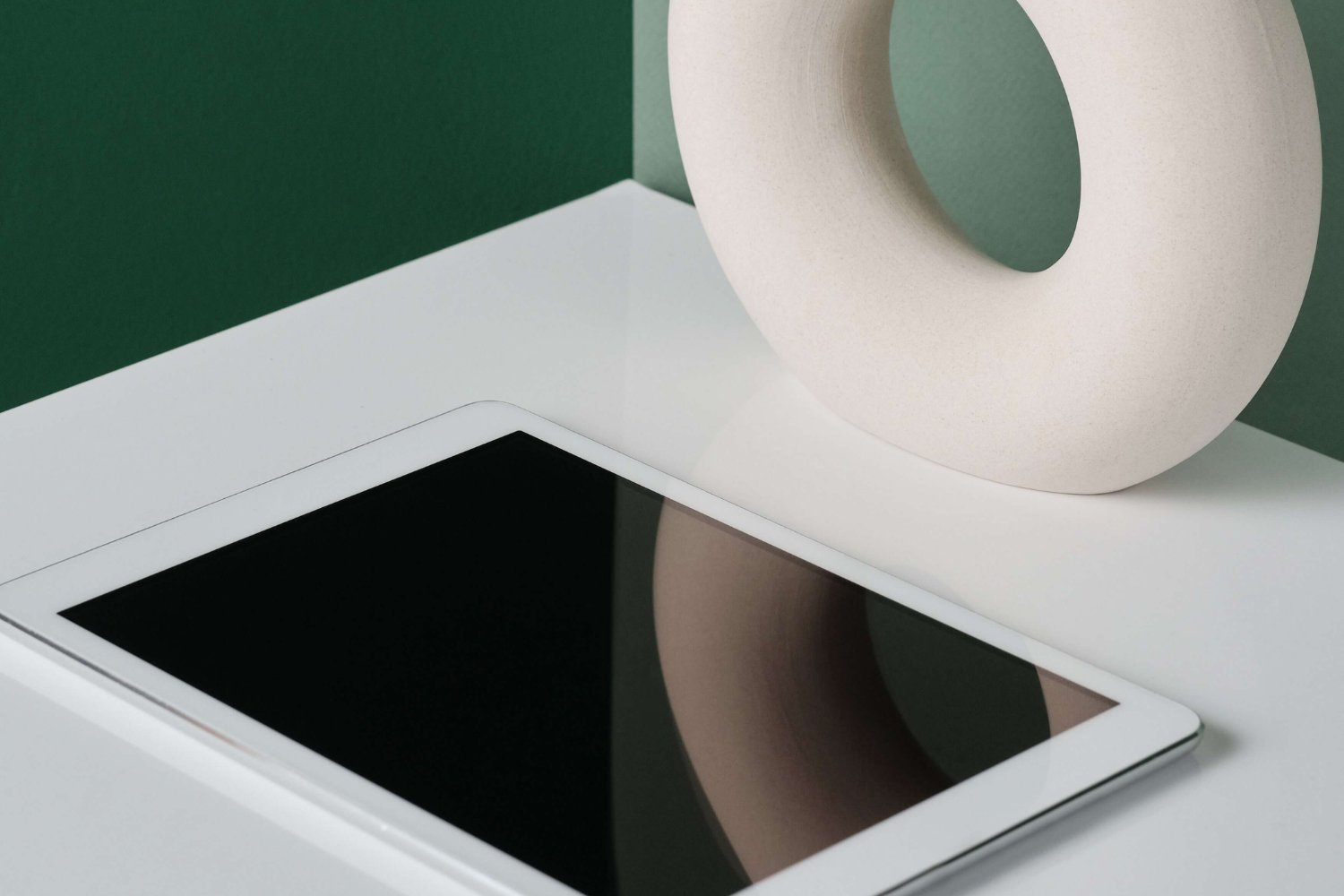1. COVID-Influenced Changes
COVID shook up many things in the world - digital being one of them! No matter what industry you're in, we're sure you've had to adapt and change parts of your business to make sure it was smooth sailing for your users.
A large part of the digital impact Covid has had on UX was influenced by the fact that non-tech savvy people flocked to the new digital way of life and so we've experienced first-hand how simplifying the UX and UI of your design can make a world of difference to your users.
Accessibility features are also trending right now for all the same reasons. These help people with disabilities use digital platforms. When we designed and built the Selwyn Foundation website, we added a cool text-magnification tool to control text size and make it that much easier for vision-impaired people to navigate the site. Have a play over on their website!
2. Microinteractions
Microinteractions are those little additions to design that grab a user's attention and make them smile when they use your site or app. While you might think that nobody will notice a tiny animation or transition, micro-interactions work to elevate the user experience without causing too much distraction or annoyance to the user.
Microinteractions have grown in popularity in recent years, but we don't see the trend dying off anytime soon. They're proven to successfully grab and hold a user's attention all while making websites, mobile sites or apps more memorable and even enhancing conversions. Popular elements that designers and developers will add micro-interactions to are elements like icons, buttons, preloaders, menus and scrolling. Incorporating smooth micro-interactions into your design makes the user interface feel more natural and alive.
We implemented some micro-interactions into the UI for the new Instant Finance digital experience, with the apply now button immediately grabbing attention on the homepage.
3. 3D Graphics in Web and Mobile Interfaces
Although 3D graphics are still relatively new on the scene, thanks to advances in internet speeds and browser capabilities, 3D graphics will be powerful in creating memorable, exciting web and mobile UX.
Combining the possibilities of eCommerce and 3D graphics means HD renders of products can emulate a near-tactile experience online and one which is enticing and just clicks away from a purchase.
The only caution we have around 3D graphics is the possibility of slower load times. However, with updates being made to the technology daily, it's likely we'll start seeing 3D graphics popping up all over the web!
4. Virtual Reality & Augmented Reality
While AR and VR have been around a while, the implementation of it has become even more popular recently. Since AR and VR allow designers to integrate the digital world into the real world, these technologies allow for crafting fresh and memorable user experiences in industries like education, mHealth, entertainment and eCommerce.
There are endless opportunities to innovate and create brand new experiences in the AR space. UI design for AR will be one of the major trends in the last few months of 2020 and into 2021, and our Terabyte designers and developers are already looking at new tools to start incorporating these powerful technologies into our UX offerings.
5. Asymmetrical Layouts
Everyone is familiar with the block layout when it comes to UX. A header block, text block and featured image components create an easily digestible flow of information, almost like a step by step introduction to your business or product. Blocks mean symmetry and symmetry is familiar for your users. However, there's an asymmetrical trend that has slowly been creeping its way up into popularity within UX circles.
Asymmetry obviously won't work for all industries. It's very aesthetic and design-forward approach is best suited to industries like fashion, digital magazines and interior design. Quite simply, if your site or your products are visual, they'll likely look great in an asymmetrical layout.
6. Typographic Overlap
Typography plays an important role in UI design and we have seen typography trends moving towards bold and large type. These overlapping poster-based headings are extensions of a more print-based visual style which we see as being a very important trend for the rest of 2020.

